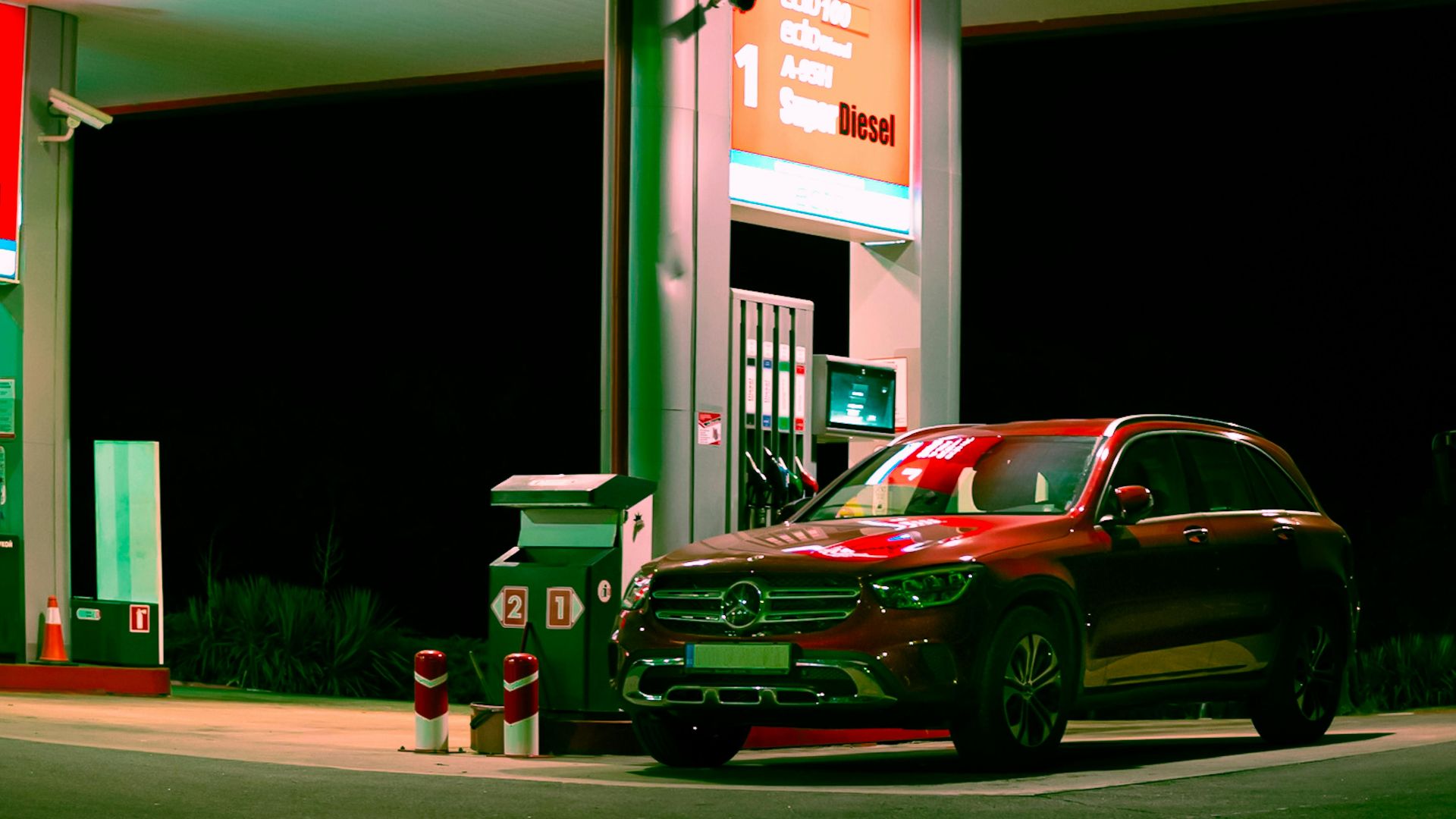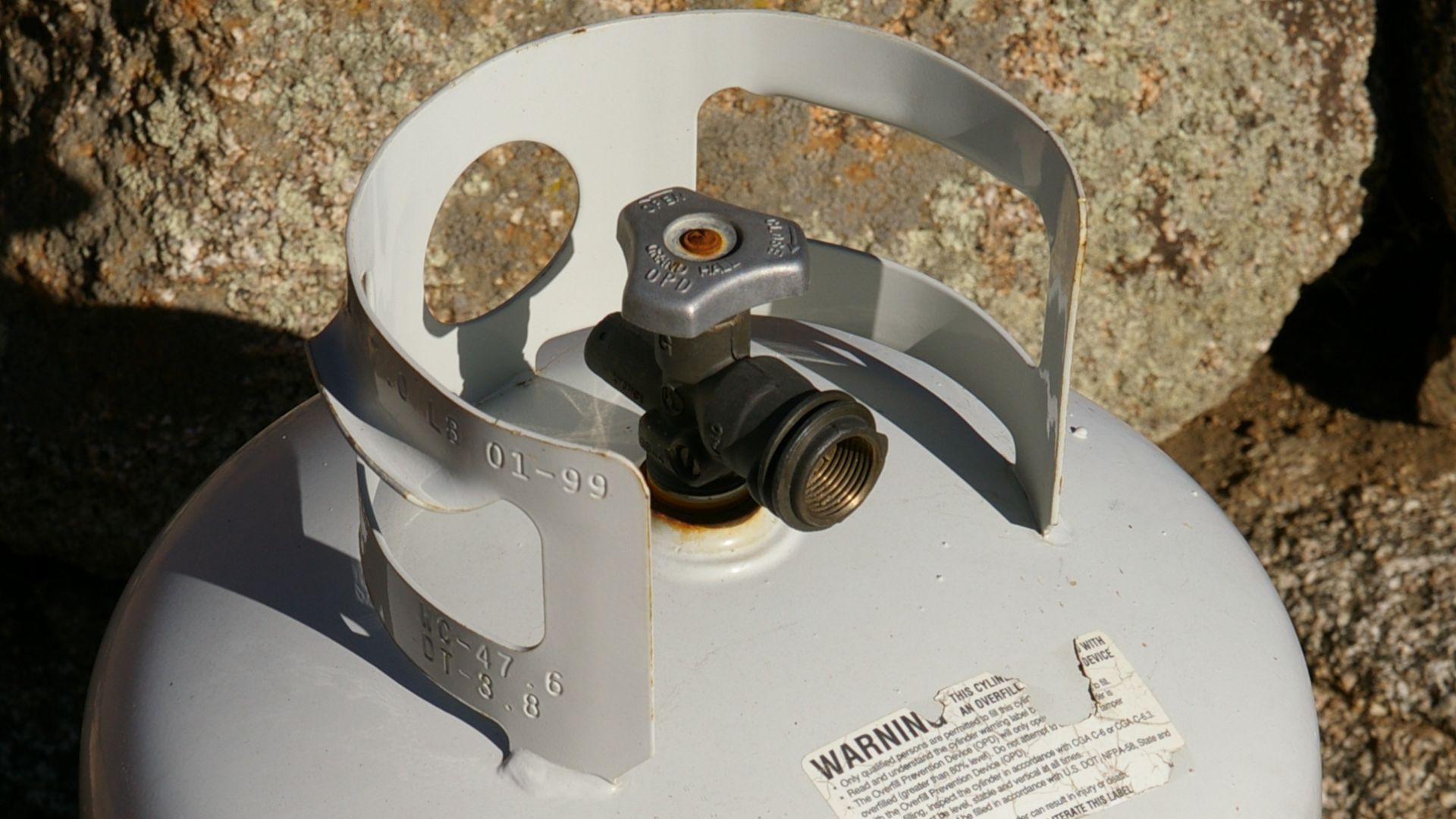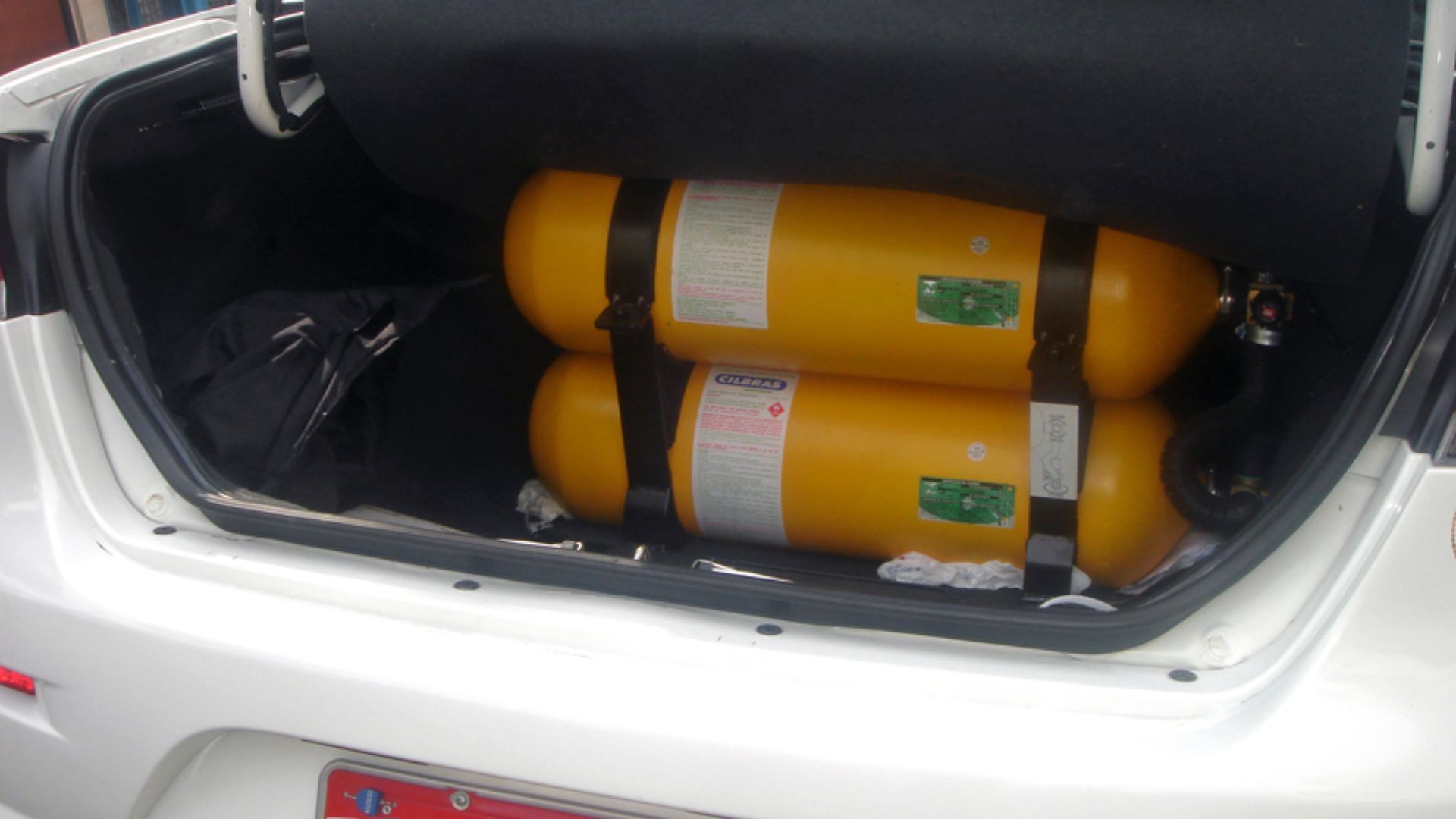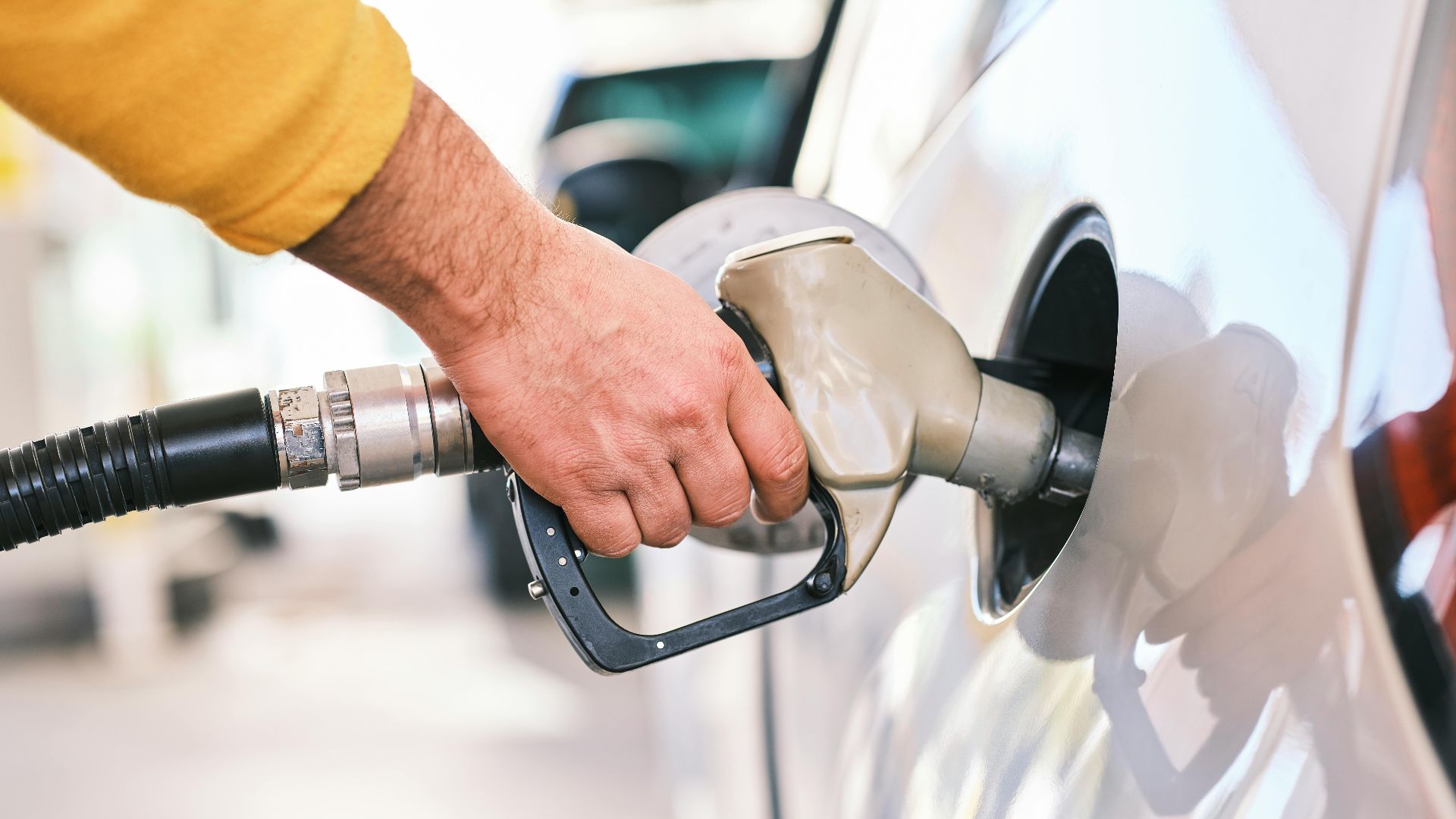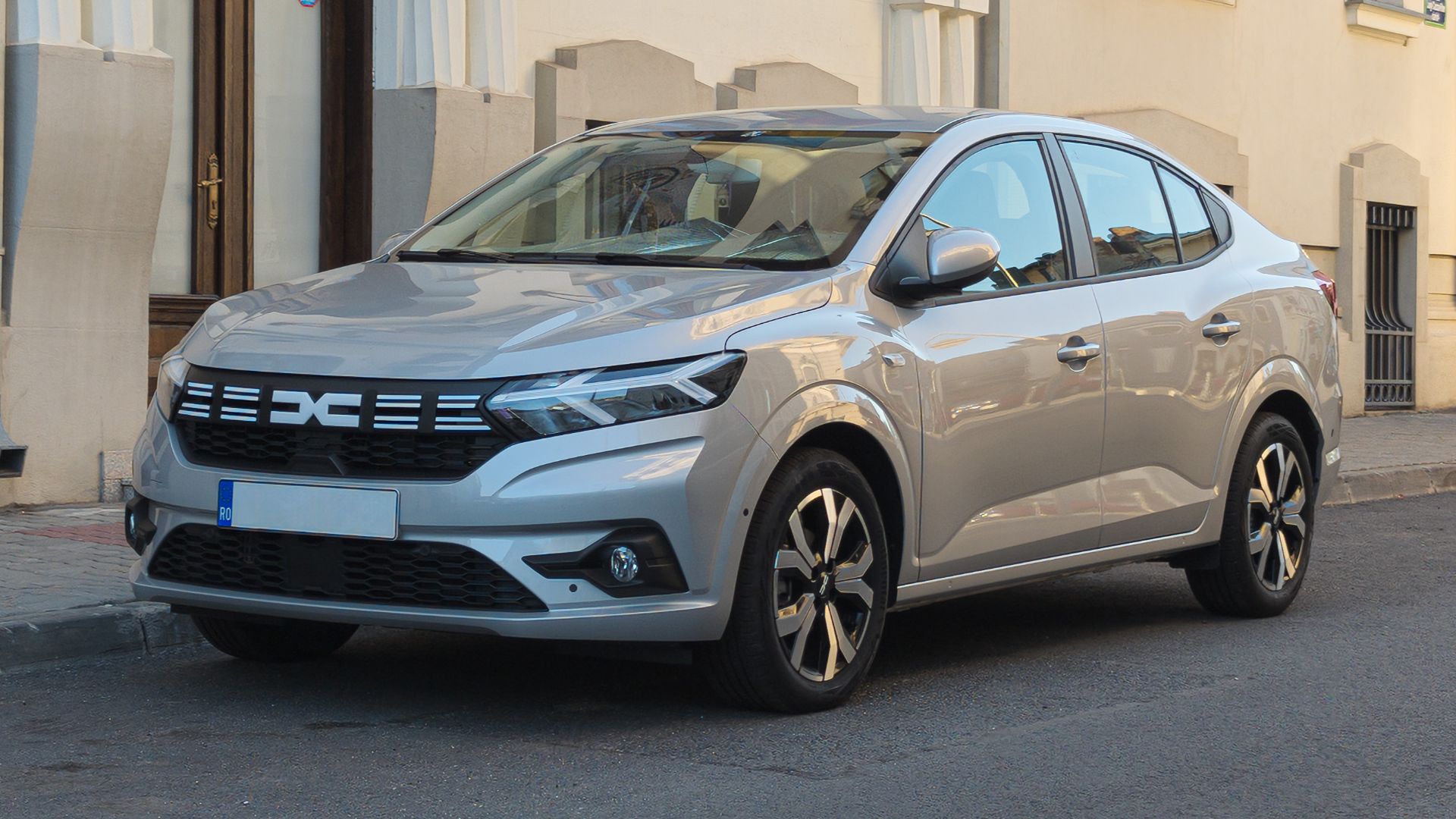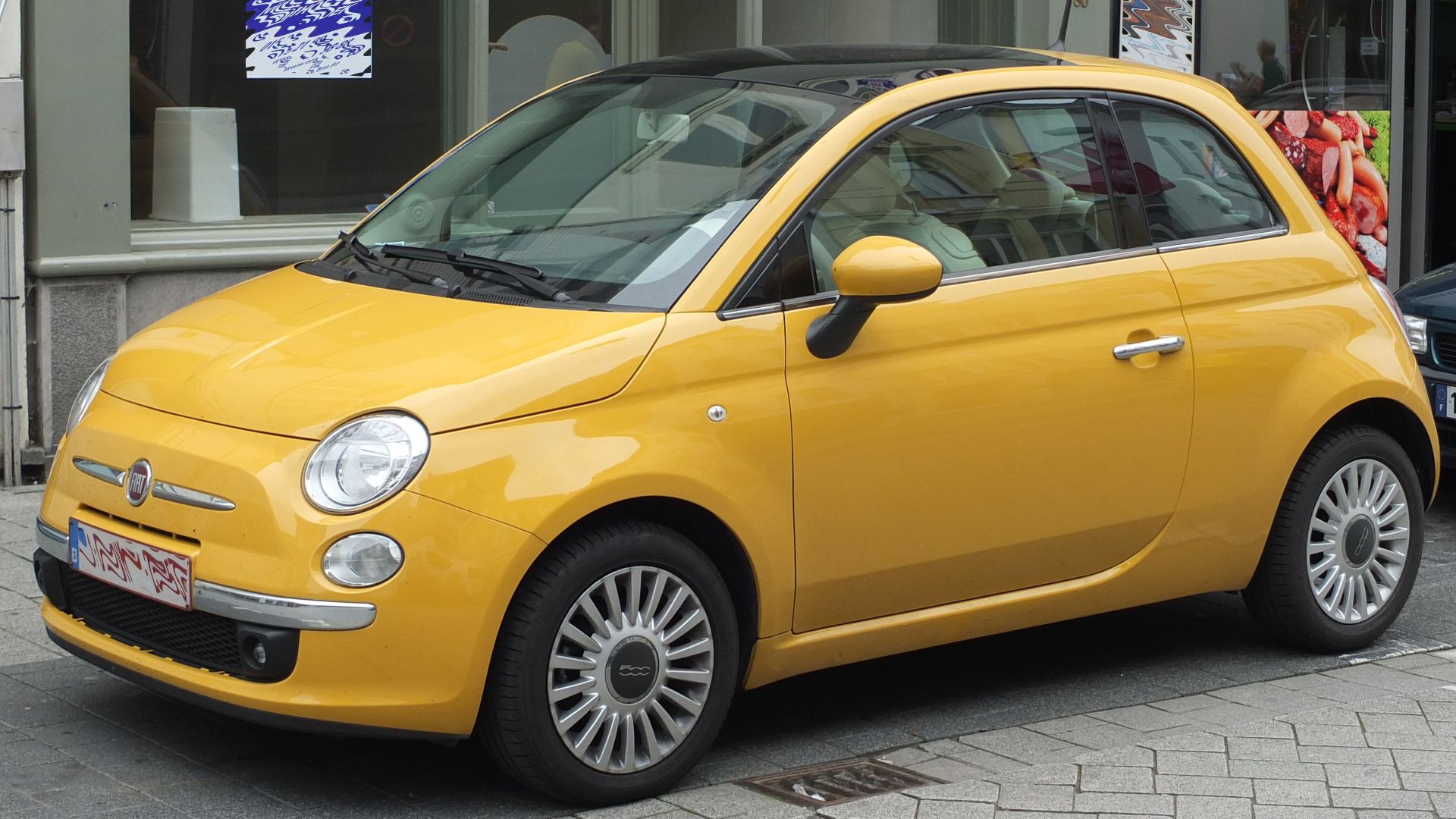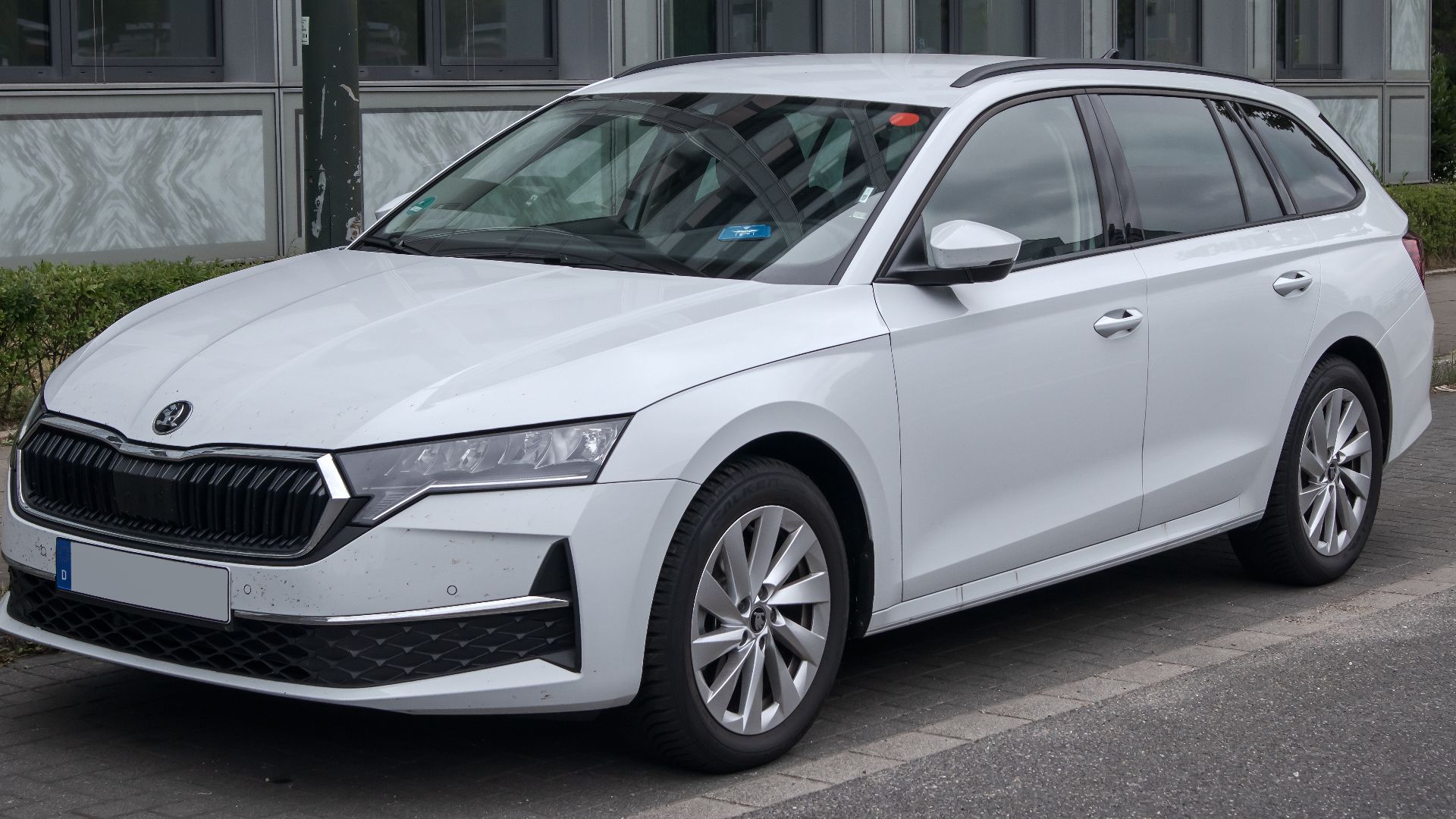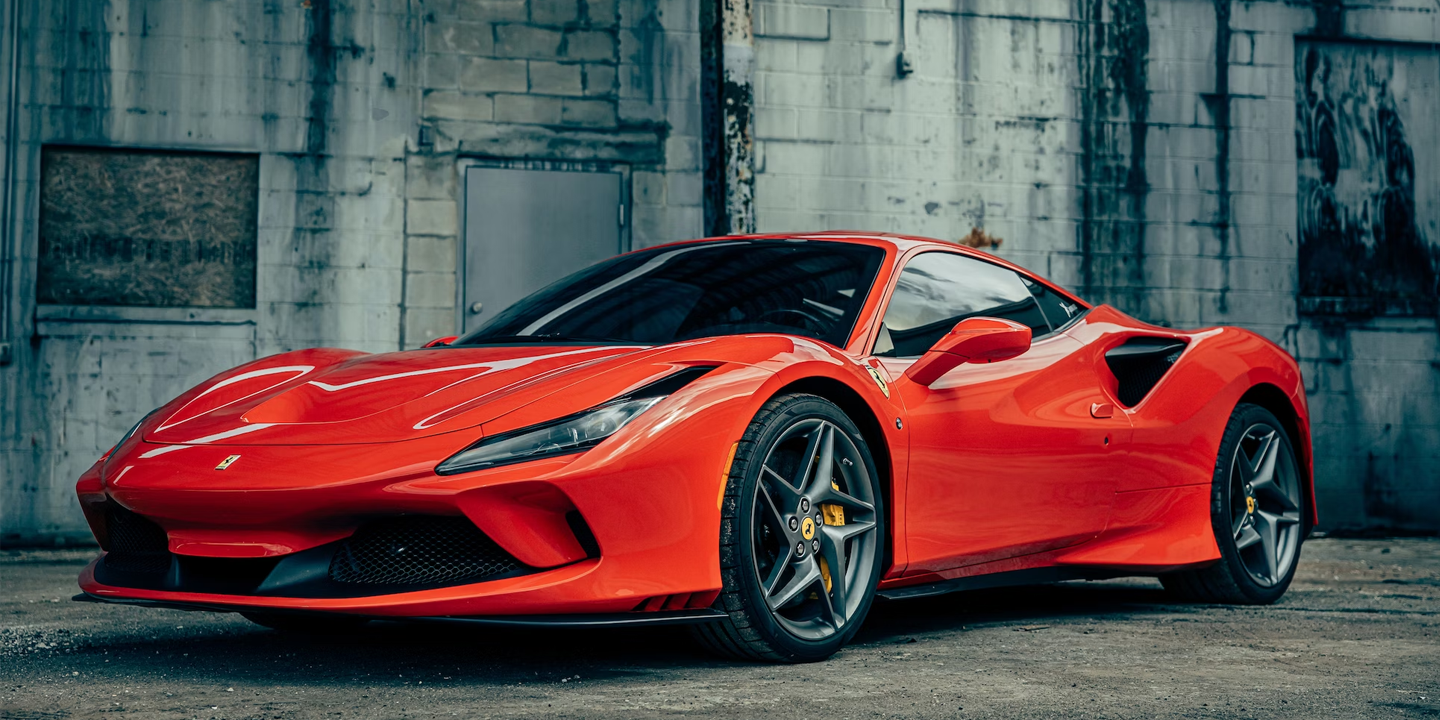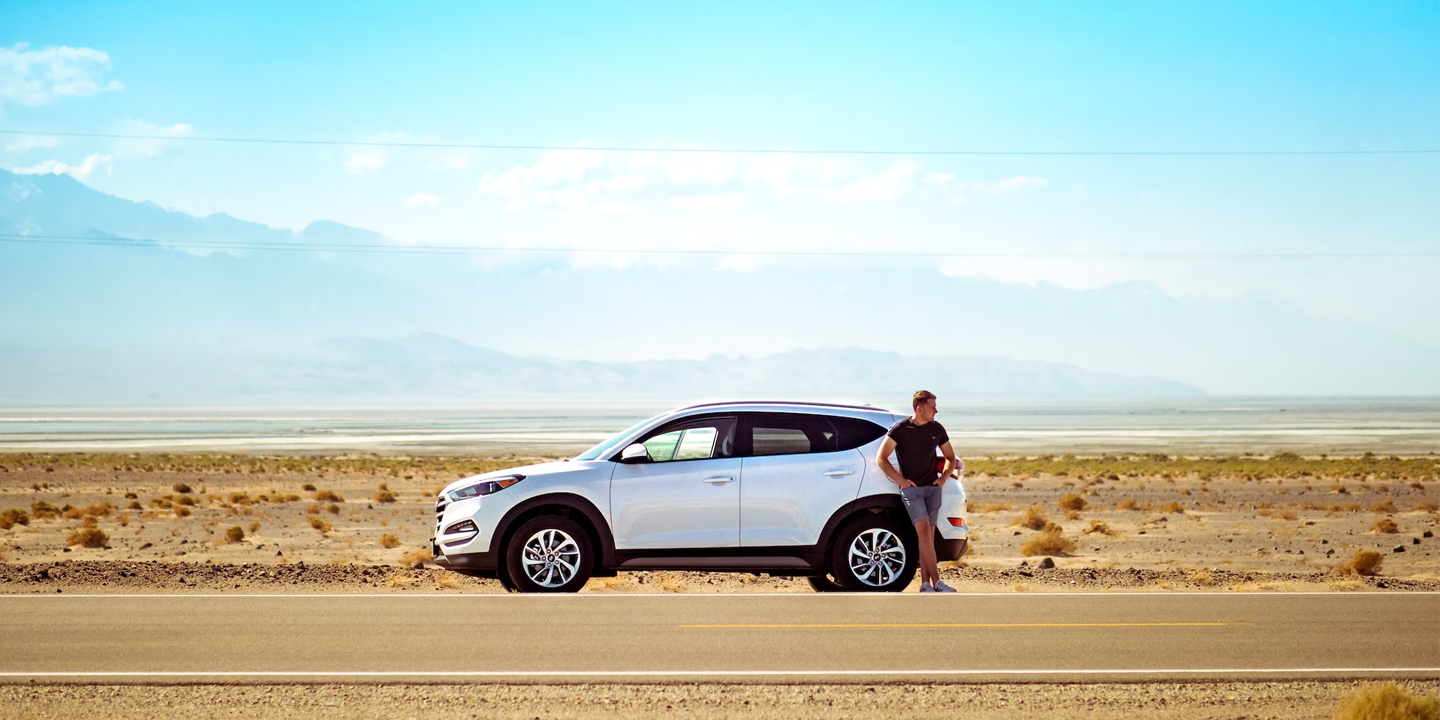Efficiency On Wheels
You’ve probably heard of electric cars and hybrids, but another quiet contender is rolling along—the ones powered by Autogas. This fuel’s been around for decades, quietly keeping engines clean and budgets happy. It’s not a flashy newcomer, just a reliable player that’s earned its place on the road. Let’s start by having a look at 10 interesting facts about this fuel source.
1. The Powerful Blend
Autogas, also known as LPG, isn't just one gas but a powerful combination of propane and butane. These hydrocarbons create a high-octane fuel with ratings between 104 and 112, surpassing even premium gasoline. In Australia, it's almost exclusively propane.
2. A Climate-Friendly Alternative
Switching to Autogas can dramatically reduce your carbon footprint. Cities around the world are promoting it as a transitional fuel to combat climate change. After all, the cleaner-burning properties of Autogas contribute to significantly lower greenhouse gas emissions compared to gasoline.
3. The Rise During Oil Crises
The 1970s brought unexpected benefits to alternative fuel development. As oil prices skyrocketed during the decade's energy crises, governments worldwide promoted Autogas adoption to reduce dependence on imported oil. This period marked the first major push for alternative automotive fuels.
4. Third Most Popular Global Fuel
Despite flying under the radar in some regions, Autogas has quietly become the third most widely used fuel. Only gasoline and diesel rank higher in global usage. In some countries, there are more Autogas vehicles on the roads than electric ones.
5. Safety Built Into Design
Puncture-resistant tanks give this fuel a good safety profile. Made from high-carbon steel, these tanks are a lot more resistant to punctures than plastic gasoline tanks. In the unlikely event of a leak, Autogas quickly disperses into the air.
6. Cold-Weather Reliability
When temperatures plummet, Autogas vehicles keep running smoothly. The low boiling point of propane (-42°C) makes it remarkably effective in freezing conditions, unlike some alternative fuels. This reliability explains why propane-powered school buses are particularly popular in cold regions.
7. The Market Leaders
Turkey leads the revolution with over 4 million vehicles, followed by South Korea, Poland, and Italy. These four countries represent the world's top markets for LPG vehicle usage. In Turkey alone, more than 30% of consumer cars run on Autogas.
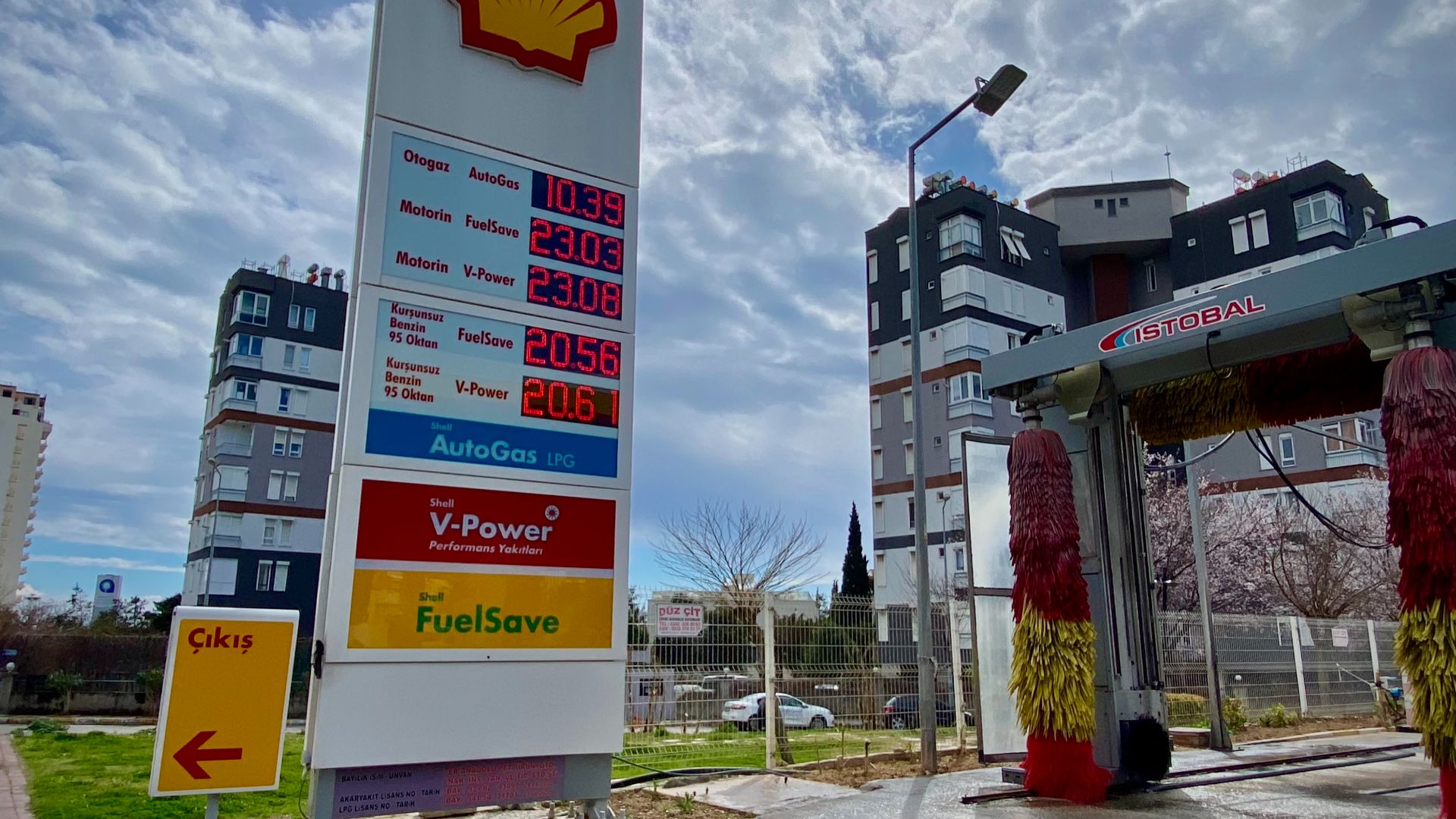 Sharon Hahn Darlin on Wikimedia
Sharon Hahn Darlin on Wikimedia
8. Lighting To Driving
Did you know Autogas has been around for over a century? Dr. Walter Snelling discovered propane as a volatile component in gasoline back in 1910. The first commercial propane fuel appeared in 1912, with vehicle applications following in 1913.
9. The Bi-Fuel Advantage
Flexibility defines the bi-fuel vehicle experience. These innovative cars can switch between Autogas and gasoline at will, extending driving range and allowing drivers to choose whichever fuel is more available or affordable. Such a dual capability makes them particularly popular.
10. Budget-Friendly Fuel
Your wallet will thank you for choosing Autogas. After all, it's typically less expensive than both gasoline and diesel in many markets worldwide. The economic advantage comes from lower fuel costs and reduced maintenance expenses, not just tax incentives.
Time to shift gears—from what Autogas is to who’s running on it.
1. Dacia Logan Bi-Fuel
Practicality defines the 2025 Dacia Logan Bi-Fuel with its impressive 49.6-liter LPG tank. Combined with petrol, it delivers a massive 1,590 km range for extended journeys. The factory-fitted dual-fuel engine runs on both petrol and LPG.
2. Fiat 500 LPG
The iconic retro styling of the 1957 original lives on in the modern Fiat 500 LPG. Available across Italy and other European countries, this stylish city car comes with various engine options, including 1.2-liter naturally aspirated and turbocharged variants.
3. Renault Captur LPG
Freedom to travel farther comes standard with another well-known beast. This compact European crossover shows off a combined range of up to 1,100 km when both petrol and LPG tanks are full. It has a 1.0 TCe engine.
4. Blue Bird Propane Vision Bus
School transportation gets cleaner with the Blue Bird Propane Vision. This widely adopted North American school bus runs on propane autogas, powered by a dedicated 6.8-liter V10 engine. Its popularity stems from high passenger capacity.
5. Ford Falcon LPG
Australia's roads were once dominated by this automobile. Its specialized 4.0-liter inline-six engine was explicitly optimized for LPG fuel, making it a favorite among taxi operators. Dependability and economical operation made this sedan well-suited for high-mileage commercial applications.
6. GAZelle NEXT Van
What truly separates it from competitors is its innovative modular design, allowing for multiple body configurations to suit various business needs. It is widely used throughout Russia for urban deliveries powered by a 3.0-liter bi-fuel engine.
 Artem Svetlov from Moscow, Russia on Wikimedia
Artem Svetlov from Moscow, Russia on Wikimedia
7. Ford Transit Connect
What happens when a popular compact van meets Autogas technology? The Ford Transit Connect demonstrates this perfect partnership. It's available in the US and European markets. The optional CNG/LPG Gaseous Engine Prep Package reveals Ford's commitment to alternative fuel options.
8. Opel Corsa LPG
Switching between fuels is as easy as pushing a button here. This European supermini has a 1.4-liter engine adapted for dual-fuel operation. Its popularity among budget-conscious drivers stems from factory bi-fuel capability and exceptionally low running costs.
9. Škoda Octavia LPG
Available in select European markets with factory LPG conversion, the Octavia’s tank is installed under the boot floor. The 2025 model offers multiple engine options, including 1.5 TSI petrol engines, with power outputs ranging from 85 kW to 195 kW.
10. Citroën C3 LPG
Economical driving comes standard with the Citroën C3 LPG. It achieves an impressive 4.9 l/100km fuel consumption. Priced around €15,000 in Spain, this subcompact hatchback offers lower fuel costs and reduced CO₂ emissions for environmentally conscious drivers.




